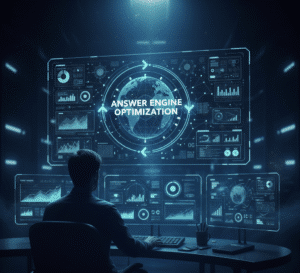
Answer Engine Optimization (AEO) is redefining how we approach online visibility in the era of AI-driven search.
The digital search landscape is evolving faster than ever, and traditional SEO techniques that once focused solely on ranking websites on Google’s first page are no longer enough.
Today’s users want quick, conversational, and context-rich answers. They’re turning to AI-powered tools like ChatGPT, Google’s Search Generative Experience (SGE), Bing Copilot, and Perplexity AI to get instant, accurate responses — without sifting through multiple search results.
This major transformation in user behavior marks the rise of a new optimization strategy: Answer Engine Optimization. It’s not just about visibility anymore; it’s about being chosen as the best answer.
In this beginner-friendly guide, we’ll break down what Answer Engine Optimization means, why it’s becoming essential for modern marketers and businesses, and how you can adapt your content strategy to thrive in the new world of AI-powered search.
Table of Contents
What Is Answer Engine Optimization (AEO)?
Answer Engine Optimization is the practice of preparing your content so that AI systems and voice-based platforms can easily extract and deliver it as a direct answer to users’ questions. Instead of optimizing only for keywords, AEO focuses on intent—understanding what people truly want to know and phrasing your information so that it can be picked up by intelligent algorithms.
In traditional SEO, success meant ranking on Google’s first page. With AEO, success means your information is the one spoken by Siri, summarized by ChatGPT, or shown directly in Google’s AI snapshot.
Modern users phrase their queries conversationally:
“What are the most effective SEO tools for small businesses in 2025?”
AI systems analyze billions of web pages, find the clearest and most credible explanation, and present it immediately—often without the user needing to click a link.
To appear in those instant answers, your content must be organized logically, easy to interpret, and backed by expertise. That’s the foundation of effective Answer Engine Optimization: creating content that speaks to both humans and machines with equal clarity.
Why Answer Engine Optimization Matters in 2025

Search behavior has fundamentally changed. According to recent studies:
- Over 60% of online queries are now phrased as questions.
- Voice and AI searches are growing at over 20% annually.
- Zero-click searches — where users get the answer directly from the result page or AI assistant — account for nearly half of all searches.
These numbers show one clear trend: people want direct, conversational answers, not long lists of links.
That’s why Answer Engine Optimization is crucial. It helps your brand, website, or content stay visible in an environment where traditional SEO results are shrinking.
Key Benefits of AEO:
- Enhanced Visibility: Your brand can appear in AI-generated summaries and voice answers, reaching users before they even click.
- Authority & Trust: Being featured as a direct answer builds brand credibility.
- Higher Engagement: AI-optimized content tends to have better clarity, structure, and readability.
- Future-Proof Strategy: As search becomes increasingly AI-driven, Answer Engine Optimization prepares your content for long-term success.
How Answer Engine Optimization Works
When a user asks an AI model or voice assistant a question, it doesn’t simply pull one result. It uses natural language processing (NLP) and machine learning to understand intent, scan millions of web pages, and generate the most relevant, reliable summary.
Here’s how it happens step-by-step:
- Intent Recognition:
The AI identifies the exact meaning behind the question — not just the words used.
- Content Scanning:
The answer engine crawls web content and identifies sources that clearly and directly answer the question.
- Answer Selection:
It prioritizes well-structured, authoritative, and concise content.
- Response Generation:
The AI synthesizes information and displays the most relevant answer — often citing the original source.
To get your content featured in these responses, you must make it AI-friendly — and that’s where Answer Engine Optimization becomes essential.
AEO vs Traditional SEO: What’s the Difference?
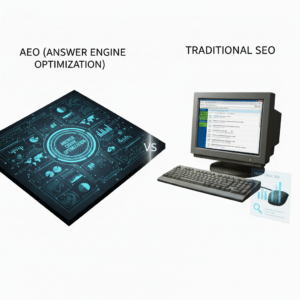
While SEO and AEO share similar goals — improving visibility — they differ significantly in approach and intent.
| Aspect | Traditional SEO | Answer Engine Optimization (AEO) |
| Primary Goal | Rank high on search results | Be selected as the best AI-generated answer |
| Focus | Keywords, backlinks, on-page elements | Context, clarity, and direct answers |
| Content Style | Informational and keyword-rich | Conversational and concise |
| User Experience | User clicks to find answers | User gets the answer instantly |
| Optimization Tools | Meta tags, backlinks, page speed | Schema markup, structured data, question-based content |
In essence, Answer Engine Optimization is an evolution of SEO — it’s SEO designed for the world of AI search.
How to Optimize Your Content for Answer Engine Optimization
Now that we understand what AEO is and how it works, let’s explore actionable strategies to optimize your website content for Answer Engine Optimization.
1. Focus on Question-Based Queries
Start by identifying the types of questions your target audience is asking.
Use tools like:
- Google’s People Also Ask
- AnswerThePublic
- AlsoAsked.com
These tools help you find conversational, intent-driven keywords.
Example: Instead of “SEO tools,” target “What are the best SEO tools for startups?”
This approach increases your chance of being picked by AI engines because it matches real conversational intent.
2. Provide a Clear, Direct Answer Early
When writing a blog or page, answer the question in the first 50–60 words.
AI systems favor content that immediately satisfies intent.
Example:
“Answer Engine Optimization (AEO) is the process of preparing your content so that AI-driven search tools can easily identify and use it as a direct answer to user queries.”
Once you’ve provided the answer, you can expand with examples and deeper explanations.
3. Structure Your Content with Schema Markup
Adding structured data helps answer engines interpret your content better.
Use:
- FAQ Schema
- HowTo Schema
- Article Schema
This increases your visibility in both featured snippets and AI-generated results — key components of Answer Engine Optimization success.
4. Write in a Conversational Yet Professional Tone
AI answer engines favor content that sounds natural and human. Avoid robotic writing or keyword stuffing.
Use simple sentences, active voice, and clear transitions.
When possible, mirror the question-and-answer format.
Example:
Question: What is Answer Engine Optimization?
Answer: Answer Engine Optimization is the process of structuring digital content so AI and voice-based systems can select it as a trusted answer to user queries.
5. Demonstrate Expertise and Trust (E-E-A-T)
AI tools prioritize sources that appear credible, experienced, and accurate.
Follow Google’s E-E-A-T framework:
- Experience: Write from real knowledge or practice.
- Expertise: Provide accurate, research-based information.
- Authoritativeness: Reference reputable sources.
- Trustworthiness: Maintain transparency and brand credibility.
When your content aligns with E-E-A-T, it increases your chances of being cited by AI models — strengthening your Answer Engine Optimization profile.
6. Optimize for Voice and Conversational Search
A significant portion of AEO overlaps with voice search optimization.
People use natural language with voice assistants, so your content should match that tone.
Example:
Instead of “Digital marketing tips,” optimize for “What are the best digital marketing tips for small businesses?”
This subtle change supports both voice SEO and Answer Engine Optimization.
7. Keep Your Answers Fresh and Updated
AI engines favor content that reflects current, relevant data.
Regularly update your blog posts and statistics to stay competitive.
Even minor updates — like revising figures or adding a 2025 trend — can improve your AEO visibility.
Tools to Help with Answer Engine Optimization
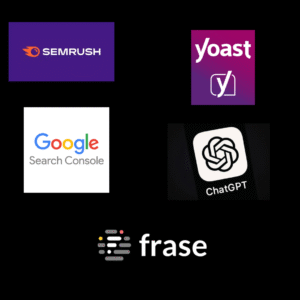
Here are some tools that can support your Answer Engine Optimization strategy:
- Semrush / Ahrefs – for finding question-based keywords.
- Google Search Console – to analyze which queries your pages are answering.
- Schema.org / Rank Math / Yoast SEO – to add structured data easily.
- ChatGPT / Gemini – to simulate how AI engines might interpret your answers.
- Frase.io – for creating AI-friendly question-answer formatted content.
Using these tools ensures your AEO strategy remains both efficient and measurable.
Common Mistakes to Avoid in AEO

- Keyword stuffing — Using the term “Answer Engine Optimization” unnaturally or excessively.
- Long-winded answers — AI engines prefer clear, short, accurate responses.
- Ignoring structure — Without headings and schema, content loses clarity.
- Overlooking trust signals — No author info, outdated data, or unreliable claims reduce credibility.
- Neglecting updates — Stale content rarely appears in AI-generated answers.
The Future of Answer Engine Optimization
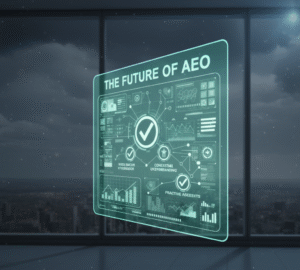
Answer Engine Optimization is more than a short-term trend; it represents the next phase of search evolution.
As AI models become more conversational and context-aware, content that is direct, human-centered, and credible will dominate.
Future directions of AEO include:
- Emotionally intelligent AI responses (emotional AEO).
- Personalized answers based on user history.
- Deeper integration with AR/VR and voice-first devices.
Businesses that invest in Answer Engine Optimization today will lead the way in AI-driven visibility tomorrow.
Conclusion
The emergence of Answer Engine Optimization (AEO) marks a defining evolution in digital marketing — one that transcends traditional search strategies. Where SEO once focused on visibility, rankings, and keyword performance, AEO shifts the focus toward relevance, credibility, and contextual understanding.
In today’s AI-driven ecosystem, search engines are no longer just indexing websites — they are interpreting intent, analyzing meaning, and prioritizing trustworthy answers. This evolution demands that brands move beyond optimizing for algorithms and start optimizing for understanding.
Modern users aren’t simply searching; they’re asking. They expect instant, accurate, and human-centered responses — across platforms like Google’s Search Generative Experience (SGE), voice assistants, and AI chat interfaces. The brands that rise in this landscape will be those that communicate with precision, authority, and empathy.
Answer Engine Optimization empowers businesses to position themselves not merely as sources of information, but as reliable voices of insight and expertise. It’s no longer about creating content that ranks — it’s about creating content that resolves curiosity, builds trust, and sustains relevance.
In 2025 and beyond, the metric of success in search will extend far beyond clicks and impressions.
The true measure will be how effectively your brand answers, engages, and earns trust in a conversation-driven digital world.
Because the future of search isn’t about being found —
it’s about being the answer.
Author:ADHILA SHERIN


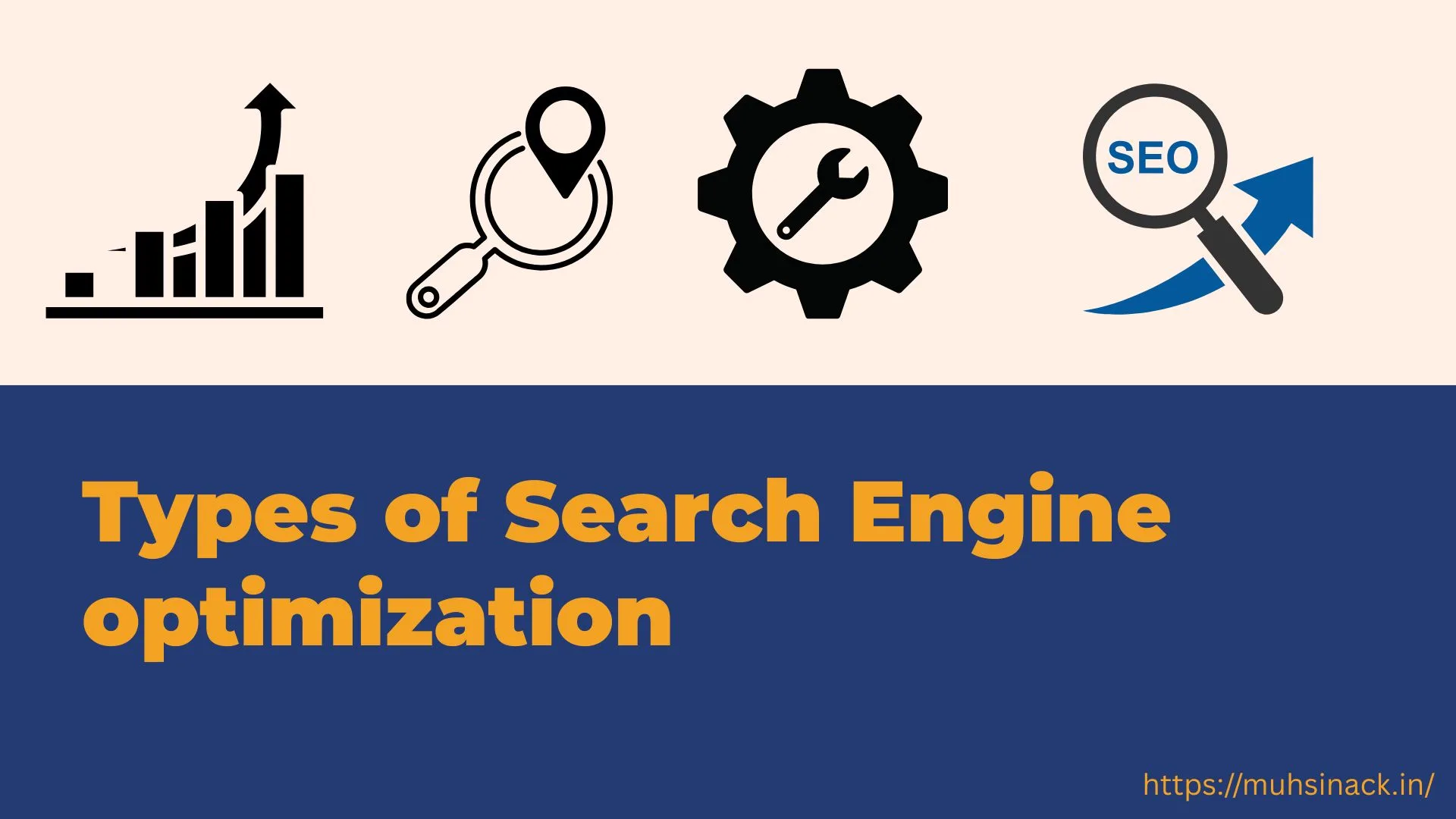
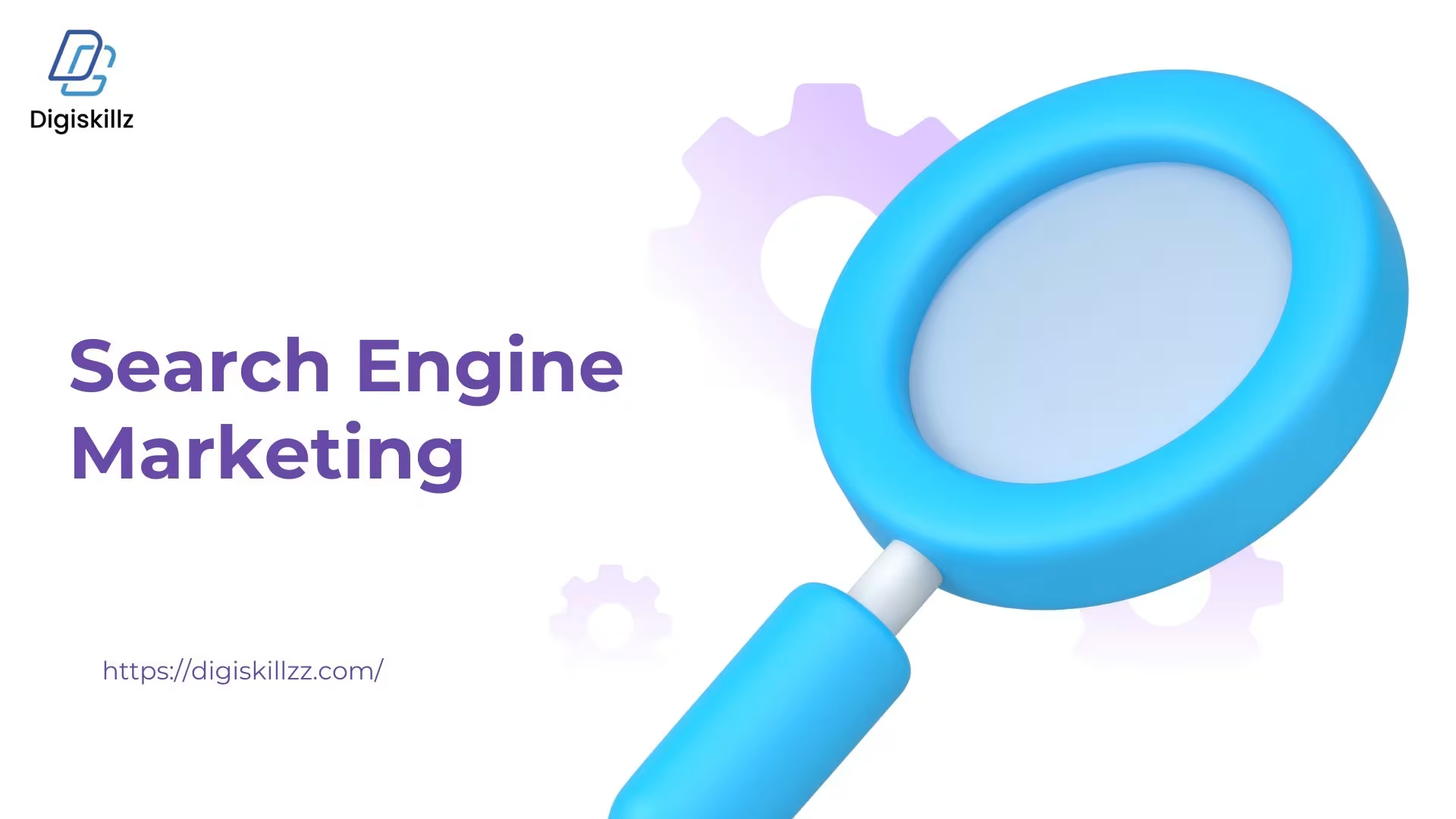

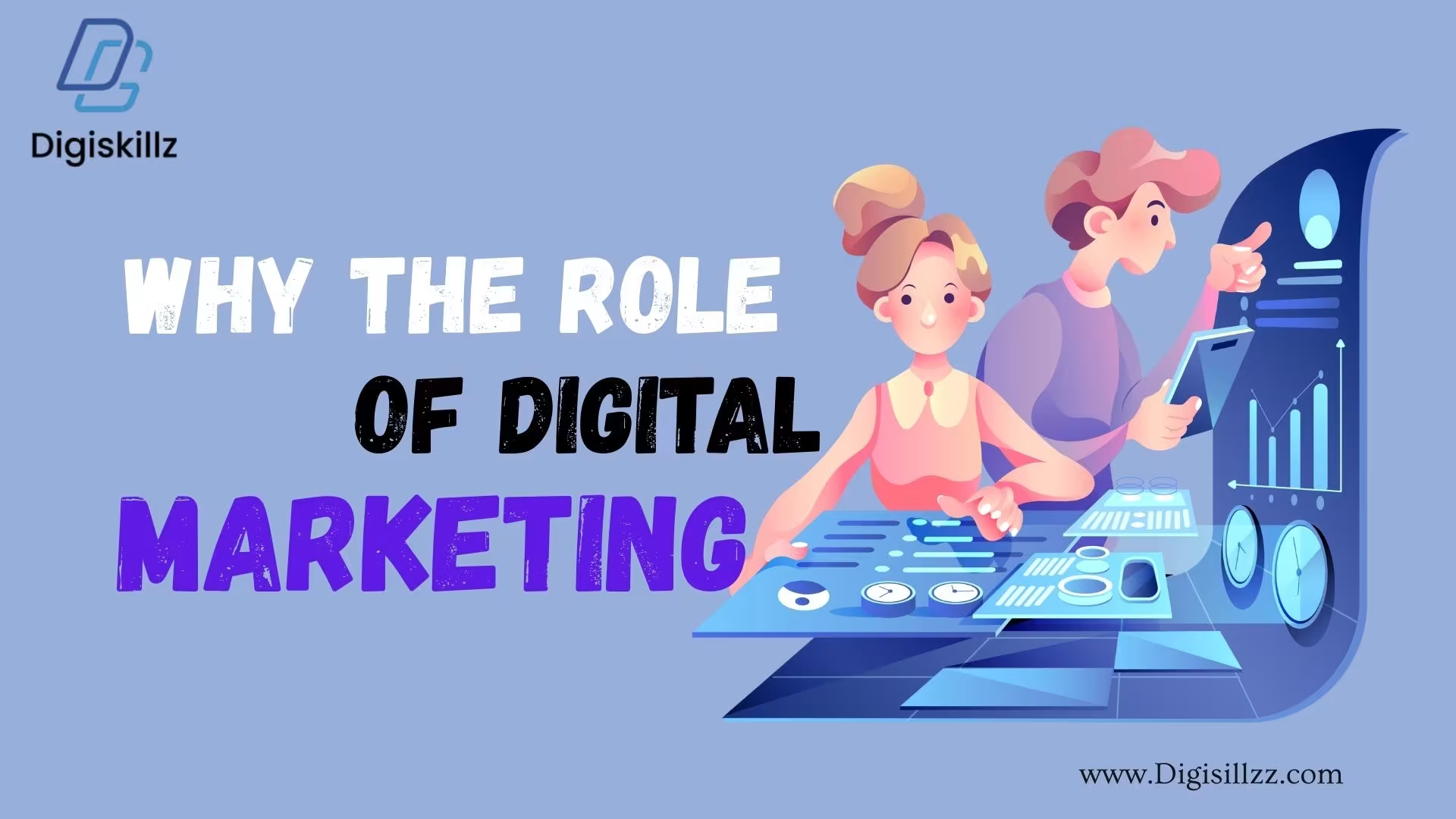



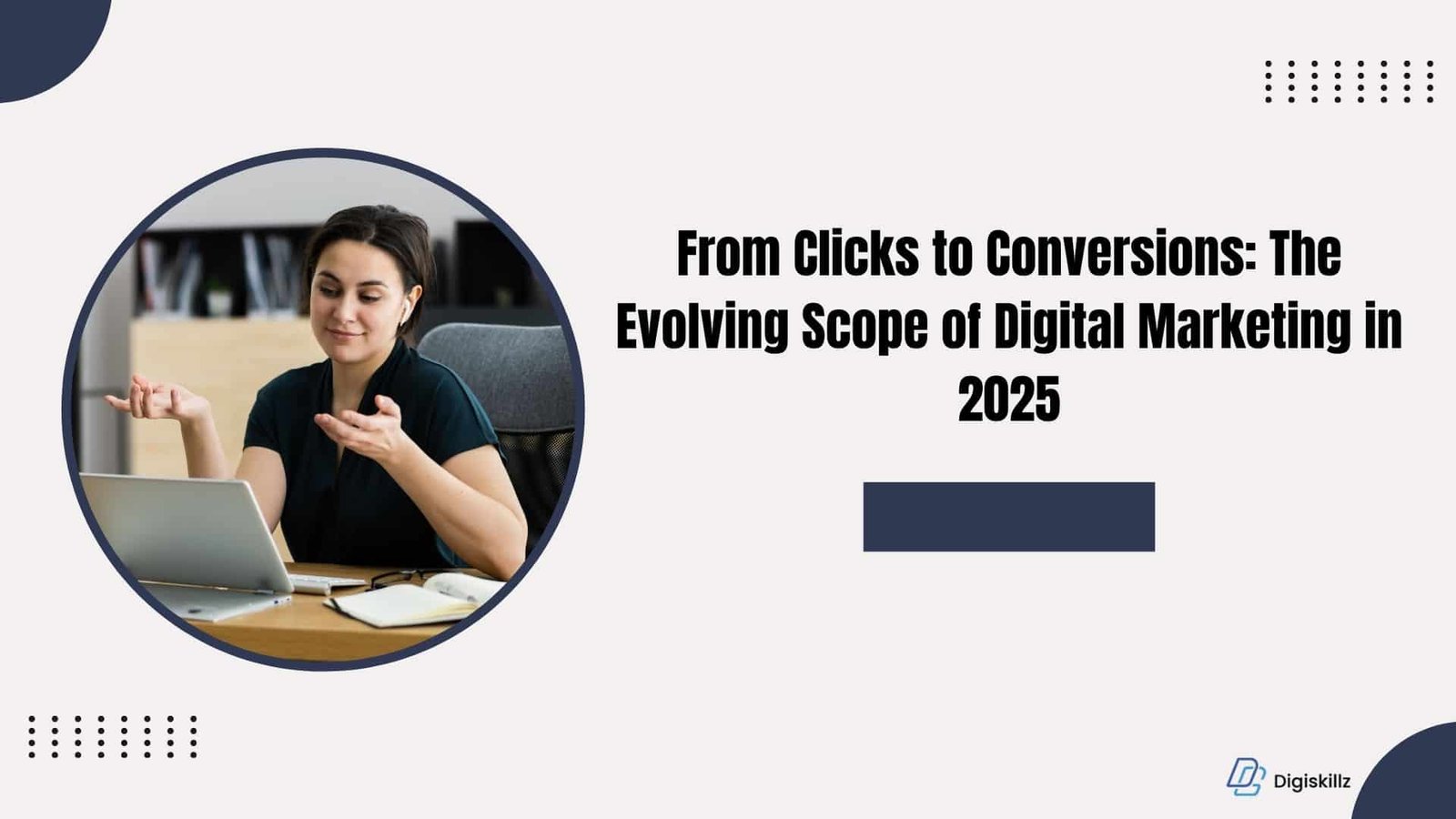
Leave A Comment